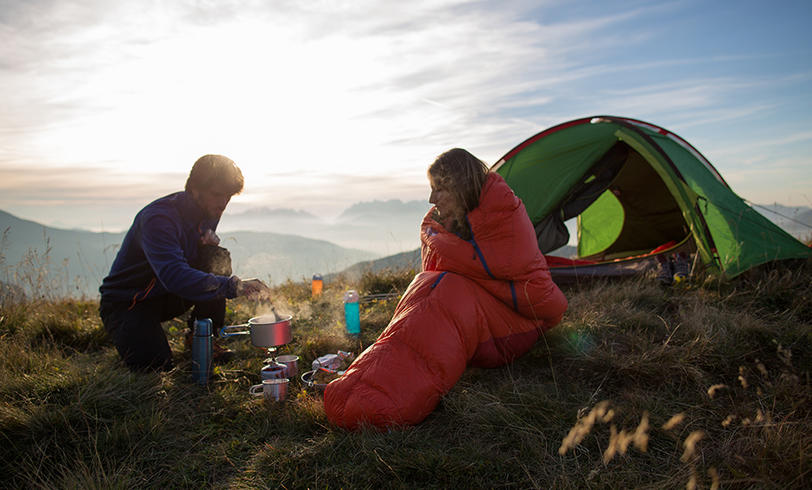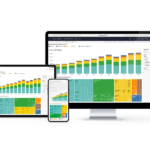Camping is popular among adventure enthusiasts and nature lovers. Unlike other trips and vacations, camping reconnects you with nature and gives you unforgettable memories to treasure for the rest of your life. But planning a good camping trip begins with proper preparation. Unless you’re planning car camping or staying in a deluxe cabin, you will need a comfortable tent for this trip. A tent is one of the most important camping gears that ensures a pleasant stay outdoors. But choosing between multiple options- 3-season or 4-season, free-standing shelter, double-layer shelter, and so on can be quite confusing. You may think all tents are similar but there are a few important decisions that you need to make before choosing a product.
The process of buying a tent involves considering some factors, such as- the number of people using it, the type of tent, the installation process, weather protection, and special features. Combining all these factors helps in picking the perfect tent. Whether you’re going solo or with family, nobody likes to get stuck with the wrong gear on a camping trip. Camping is a great outdoor activity but failing to get proper gear can ruin your experience. So, if you’re buying your first tent or planning to upgrade, here are some tips to make the right choice.
Tent Size
When looking for tents, you’ll find products rated by sizing. Depending on the number of people using the tent, you’ll find one-person, two-person, three-person, four-person, and even bigger tents. It’s noteworthy that even if tents are marked with person capacity but a four-person tent does not always sleep four. For instance, if you’re going with your spouse, a two-person tent can fit two people side by side but there won’t be extra space left for gear. A three-person tent may work better if you want a little extra space. For families, a 4-person or 6-person tent should be considered. To get a better idea of space, crawl inside the tent and make sure it has enough space for the number of people going to sleep. Tents should always be spacious because of the weather turns bad; you will be spending more time inside the tent.
Weather Conditions
Tent material and other features determine if it’s designed for bad weather conditions. The tent comes in different types, designed for different environments. For a ‘fair-weather camper’, considering tent material and weather conditions isn’t a serious concern. If you only camp during calm and clear weather, you can easily find an affordable tent. The price increases with material quality and weather protection features. For summer camping, you need a tent made of lightweight material with plenty of ventilation. However, it’s better to invest in a good quality tent that can survive harsh conditions. Three-season and four-season tents work best for protecting against heavy rain and wind.
Tent Weight
While focusing on other factors, don’t forget the tent’s weight. Weight is an important factor for backpacking. If you’re going to carry a tent over a long distance, a heavy weighing tent can be a trouble. Even if you’re going by car directly to the campsite, the large family tents can be bulky and need strength to put the tent on the car’s roof.
Installation Process & Other Features
Unless you’re a seasoned camper, installing a tent can be tricky. When buying a tent, ask the seller about the installation procedure and time. You can also read instructions to get an idea. It can be frustrating to reach the campground tired and spend hours trying to put up a tent. Besides easy installation, also check other features like ventilation.








